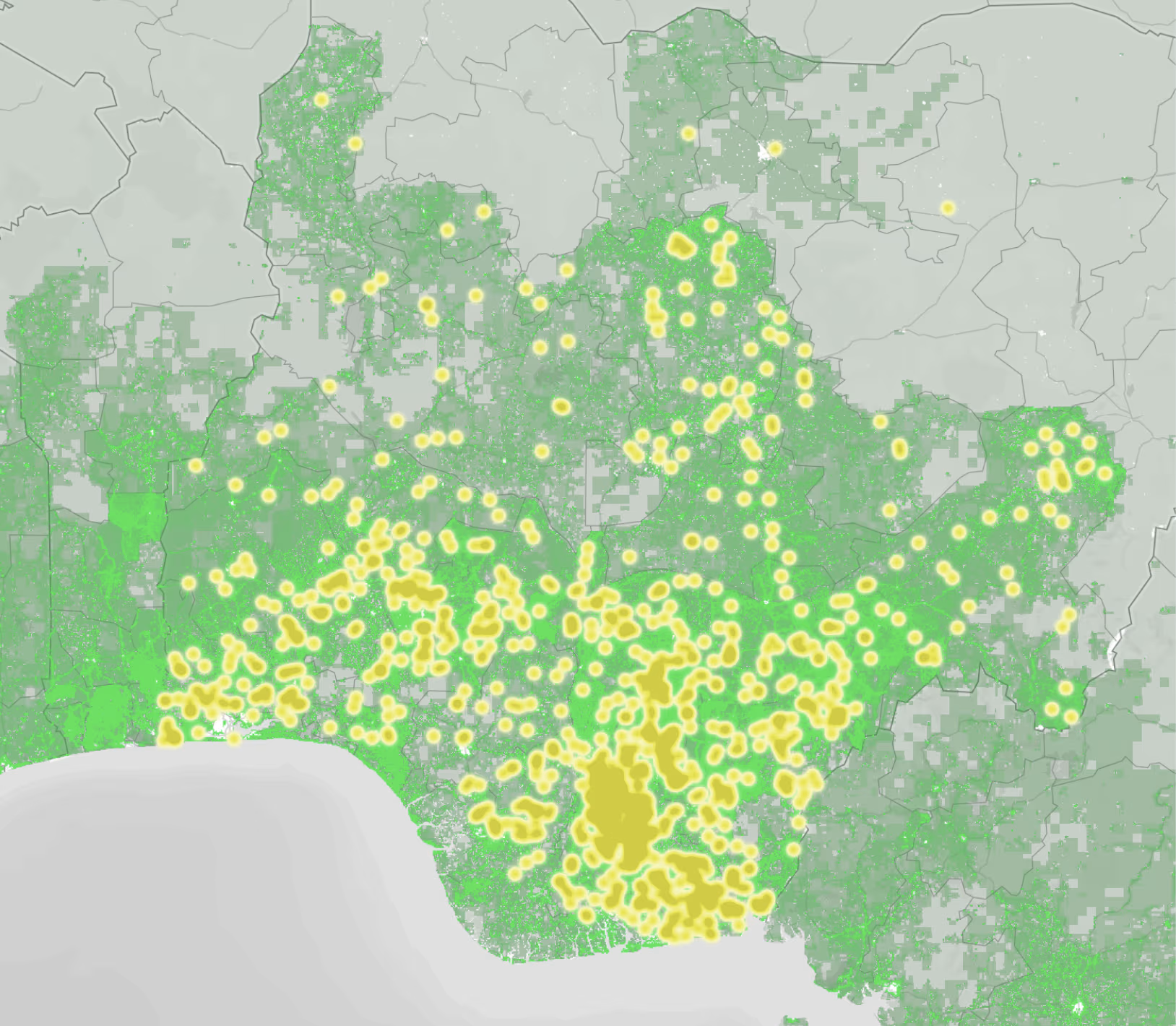
Epidemic and Pest Modelling: Landscape-scale Spread Dynamics
Predictive models capturing the dynamics of pest and disease spread across complex landscapes.
The Power of Epidemic and Pest Models
Transforming raw data into actionable intelligence, predictive models enhance surveillance, improve outbreak response, and support long-term agricultural resilience.
-
From Reaction to Prediction
Predictive modelling transforms how we manage agricultural pests and diseases. Instead of reacting to outbreaks after they occur, our models provide early warnings, allowing farmers, governments, and agribusinesses to take preventive action and minimise losses.
-
Beyond Data
Without models, disease observations, climate records, and pest detection data can tell us where problems exist today, but they don’t reveal how an outbreak will evolve or where it will spread next.
-
Better Decisions at Every Stage
Predictive models are not only valuable for providing early warnings before outbreaks occur but also for managing emerging and endemic diseases more effectively. By simulating disease dynamics over time, these models help optimise the strategic deployment of surveillance and management resources.
-
Optimisation and Efficiency
Whether by identifying high-risk areas that require intensified monitoring, prioritising regions for intervention, or assessing the long-term impact of different control strategies, our models ensure that limited resources are used efficiently, reducing both economic losses and environmental impact while maintaining resilient agricultural systems.
A Modular Approach to Modelling
Our modular modeling framework allows us to tailor predictions to specific outbreaks, ensuring the right tools are deployed for each unique challenge.
-
Overcoming Complexity
Predicting the spread of pests and diseases requires a flexible, modular approach. We develop modelling software and optimisation algorithms for multiple use cases, allowing us to rapidly deploy the most appropriate methods based on the specific epidemic or pest context.
-
Incorporating Variability
Our models combine surveillance, satellite, ecological and climate data to track and forecast spread, and also simulate the biological processes driving pest and disease dynamics. Our models incorporate uncertainty, capturing the variability seen in real-world outbreaks, and machine learning techniques enhance predictive accuracy by uncovering complex patterns in large datasets.
-
Rapid Deployment
By modularly combining these approaches, we create adaptable, data-driven solutions that can be rapidly deployed to support targeted surveillance, intervention strategies, and strategic decisions.
